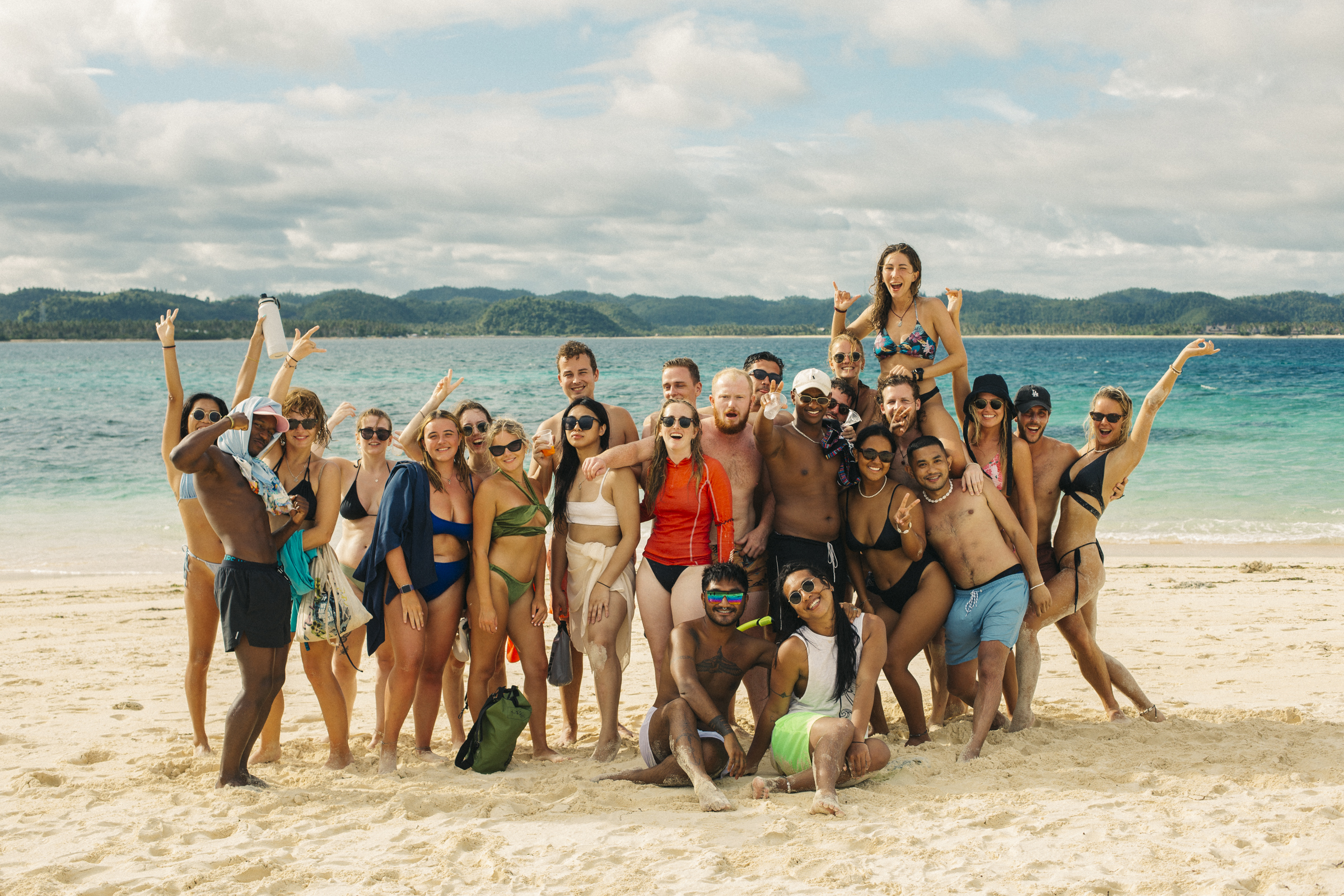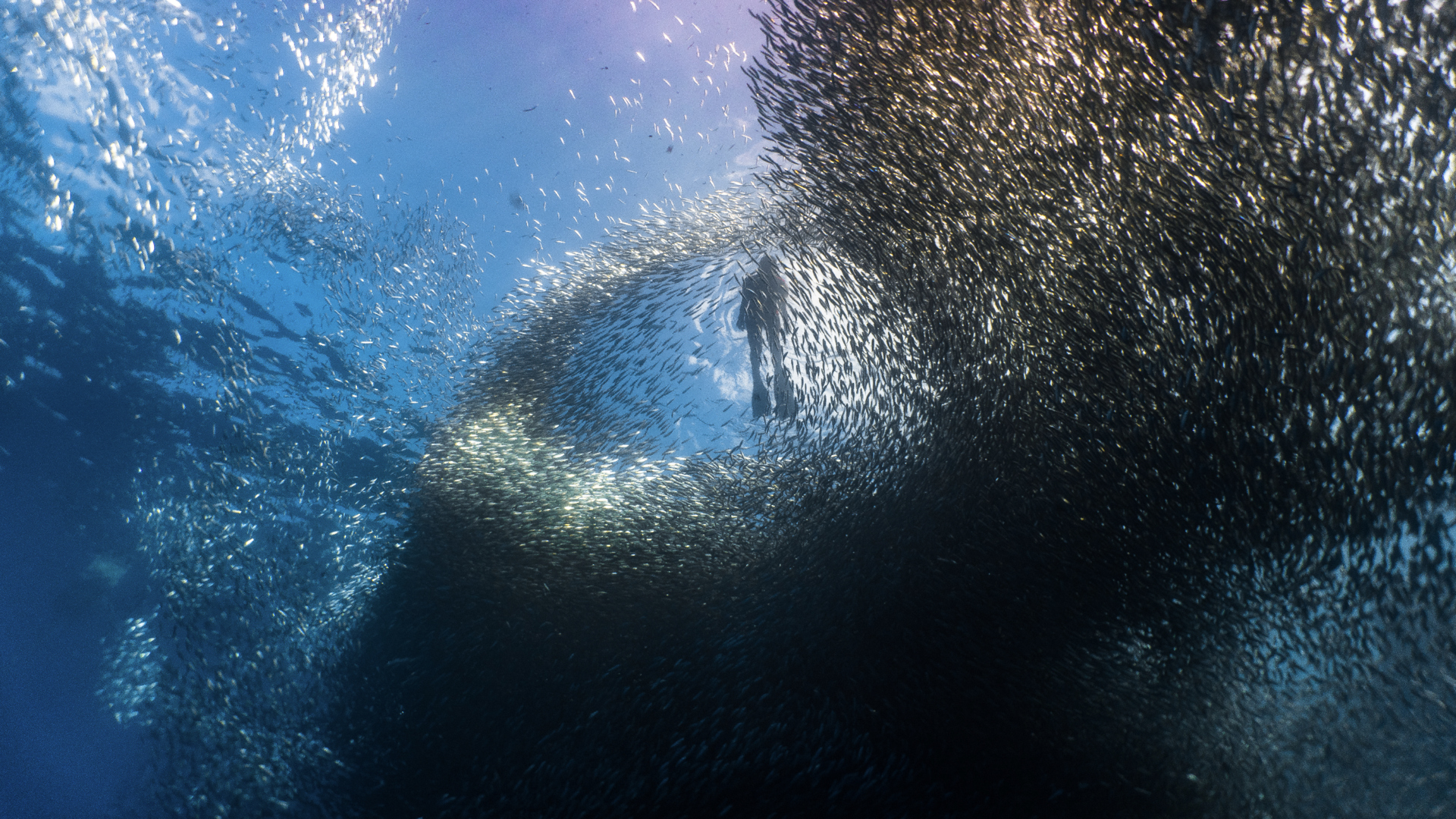Black Friday Sale on now! Save up to 50%. This week only!

Getting to Koh Sdach By Bus: VET Air Bus Express If you want to have a reliable and comfortable ride to reach the departure points of Koh Sdach, VET Air Bus Express is the top option. These buses operate from major hubs, so you can easily travel from Siem Reap, Phnom Penh, Sihanoukville, or other cities. Tickets are available online or at bus terminals. It’s best to book in advance. By Boat: Buva Sea Cambodia From the mainland, take a boat operated by Buva Sea Cambodia to Koh Sdach. Their boats are fast and efficient, providing easy access to the island. Travel time takes around an hour and 45 minutes from Sihanoukville and around 45 minutes from Koh Rong. It is best to check schedules and buy tickets in advance. Getting Around Koh Sdach Getting around Koh Sdach is straightforward, thanks to its small size. Here are the best ways to explore the island: On Foot Walking is the most practical way for getting around Koh Sdach. The island is less than 1 square kilometer, making it easy to explore in a day. It’s a chance to truly immerse yourself in the local life. Highlights include: Villages: See local life and fishing activities up close. Beaches: Discover hidden spots for swimming or relaxing. Trails: Explore short jungle paths to see the island’s natural beauty. Tips for exploring the island with ease: wear sturdy shoes for uneven paths, and don’t forget water and sunscreen to stay prepared for long walks. By Bicycle Renting a bicycle is another fantastic way to get around Koh Sdach. Cruise at your own pace while soaking in the island vibes. Accommodations often provide rentals at affordable rates, allowing you to explore the island more efficiently. Before renting, make sure to check the bike for any issues and stick to marked paths to avoid getting lost. Tuk-Tuks Tuk-tuks aren’t common, but you might find one or two near the main village. If you spot one, it’s a good option for a quick ride, especially if you have luggage or want a break from walking. Island Adventures: More Than Just Getting Around Snorkeling and Diving The waters around Koh Sdach are clear and full of marine life, making them ideal for snorkeling or diving. Local operators provide equipment and tours. Island Hopping The Koh Sdach Archipelago consists of 12 islands, each offering unique experiences. Hire a local boat to visit nearby islands like Koh Totang or Koh Bong for quiet beaches and scenic views. Tip: Negotiate boat prices and routes before starting your trip. Why Koh Sdach Should Be on Your Bucket List Exploring Koh Sdach is simple, whether you’re walking or cycling. Its small size makes it easy to explore and fully embrace the island vibes. From snorkeling to island hopping, Koh Sdach reveals its unique charms and offers a truly rewarding experience for every traveler. Make Koh Sdach part of your Cambodian journey for a peaceful getaway.

Group Trips: All Planned, No Surprises Group trips offer a set itinerary, with accommodation and transport sorted out for you. You follow a schedule, see the main sights, and move along with the group. It’s straightforward, but it comes with limits. Pros of Group Trips Stress-Free Planning Everything’s pre-arranged. How to get from A to B won’t be a worry for you. The tour company handles it. Good for New Travelers First time backpacking? A group trip can be less intimidating. With everything taken care of, you’ll have a guide and a built-in group of travelers to hang with. Instant Friends Making friends is a breeze! You’ll be with the same group throughout the entire trip, sharing experiences from start to finish. Cons of Group Trips Stuck to a Schedule You don’t have much say in the itinerary. Early mornings, set time limits, and no flexibility if you want to stay longer somewhere awesome. Tourist Traps Group trips often focus on popular spots, which can mean missing out on the more authentic, local experiences that independent travel allows. More Expensive All-inclusive tours come with a price tag. You’ll pay upfront for convenience, and there’s usually little wiggle room to control your spending. Mad Pass: Total Freedom, Your Way With the Mad Pass, you’re in control. Unlimited stays at Mad Monkey Hostels for 30, 60, or 90 days. No fixed schedules, no rushing, just your own adventure, on your own terms. Imagine having one pass with unlimited access to Mad Monkey Hostels in six countries Cambodia, Indonesia, Laos, Philippines, Thailand, and Vietnam. Pros of the Mad Pass Full Flexibility There’s no set route. Want to spend a week in Gili T or a quick getaway in Hanoi? You have full control. Move as fast or as slow as you want. Unlimited Stays Stay at any Mad Monkey Hostel across Southeast Asia. One payment, no worries about booking new places. Just show up. Meet New People Everywhere Mad Monkey Hostels are social hubs. Every new location means fresh faces, new friends, and epic hostel events like pub crawls and pool parties. Budget-Friendly The Mad Pass saves you cash. Pay once and your accommodation is covered for up to 90 days. That leaves more budget for street food, adventures, and fun. Real Local Experiences Because you’re not locked into a set plan, you can explore beyond the tourist trail. Follow local tips from fellow travelers and hostel staff, and dive into the culture. Cons of the Mad Pass No Fixed Routine Some people thrive on structure, and the Mad Pass doesn’t come with a daily plan. If you prefer having a strict itinerary with everything mapped out, the freedom of the Mad Pass might feel a little overwhelming at first. So, What’s the Verdict? If you want someone else to plan your trip and like the idea of traveling with the same group, a group tour might work for you. But if you want total freedom, flexibility, and the chance to meet new people everywhere you go, the Mad Pass is hands down the better option. With unlimited stays, the freedom to travel at your own pace, and a budget that works for real backpackers, the Mad Pass offers the adventure you’re really looking for. When it comes to group trips vs Mad Pass, there’s no contest—grab a Mad Pass and start your ultimate Southeast Asia adventure. Need planning tips? Check out our itinerary blogs to make your Southeast Asia adventure planning a breeze. Itinerary in Cambodia for 30 Days: Ultimate Guide for Backpackers 30 Days Itinerary in Thailand: The Ultimate Guide for Backpackers 60 Days Itinerary in…

World Ocean Day, celebrated every June 8th, is a global event that unites people in protecting and preserving our beautiful oceans. As backpackers, we often get the chance to explore the world’s most stunning coastlines and pristine beaches. But with great adventure comes great responsibility. This World Ocean Day, let’s dive into sustainable travel practices and discover how Mad Monkey Hostels are making a splash with their weekly beach clean-up activities. Sustainable Travel: Why It Matters Traveling sustainably is about making choices that benefit the environment, local communities, and future travelers. It’s about leaving the places we visit better than we found them. When we backpack across coastal regions, our actions can have a profound impact on marine ecosystems. Here’s how you can contribute to the cause: Tips for Sustainable Travel Reduce your carbon footprint by packing only what you need. Lightweight backpacks mean lighter loads for transportation, which translates to lower emissions. Opt for biodegradable toiletries, reef-safe sunscreen, and reusable items like water bottles and shopping bags. This minimizes plastic waste that often ends up in the oceans. Whenever possible, use public transport, cycle, or walk. These options are not only eco-friendly but also provide a richer travel experience. Eat, shop, and stay local. Supporting local businesses helps reduce the carbon footprint associated with imported goods and contributes to the local economy. Mad Monkey Hostels are a great example of eco-conscious accommodations. They implement sustainable practices such as reducing water usage, minimizing waste, and supporting local conservation efforts. Beach Clean-Up: A Hands-On Approach to Conservation One of the most direct ways backpackers can contribute to marine conservation is by participating in beach clean-ups. These activities help remove harmful debris from coastal areas, protect marine life, and raise awareness about ocean pollution. Weekly beach clean-up at Long Set Beach. Photo courtesy of Mad Monkey Koh Rong. Mad Monkey’s Weekly Beach Clean-Ups Mad Monkey Hostels are not just about providing a place to stay—they’re about creating a community that cares for the environment. Every week, Mad Monkey organizes beach clean-up activities at various beach locations. Here’s why you should join: Each piece of trash you pick up is one less hazard for marine life. Beach clean-ups have immediate, tangible results that contribute to healthier oceans. These events are a fantastic way to meet fellow backpackers who share your passion for sustainability and marine conservation. Who knows, you might find a new travel buddy! Beach clean-ups often include educational sessions about the impact of pollution and how to reduce it. This knowledge is invaluable and can be shared with others to amplify the impact. Spending time on the beach, doing something positive, and enjoying the natural beauty is a rewarding experience. It’s a perfect blend of leisure and activism. Swimming with a turtle from a safe distance in Apo Island. Photo courtesy of Mad Monkey Dumaguete. Marine Conservation Tips and Etiquette Being a sustainable traveler means respecting the places you visit. When it comes to marine conservation, here are some tips and etiquette to keep in mind: Observe marine animals from a distance and avoid touching or disturbing them. Remember, we are guests in their home. Plastics are a major pollutant in our oceans. Reduce your use of single-use plastics by carrying reusable alternatives. Whatever you bring to the beach, take it back with you. This simple rule ensures that you leave the beach as pristine as you found it. Share your knowledge about marine conservation with fellow travelers. The more people are aware, the bigger the impact we can make. Join local initiatives like those organized by Mad Monkey Hostels. Your…